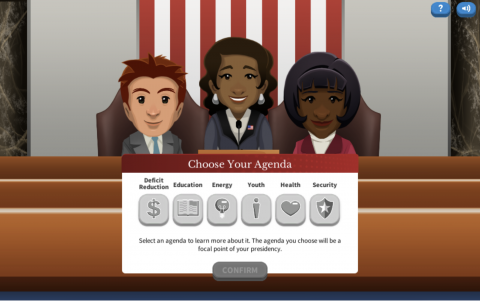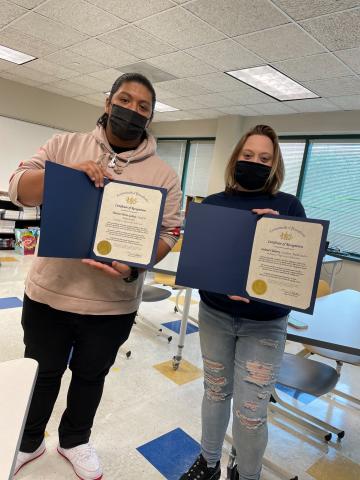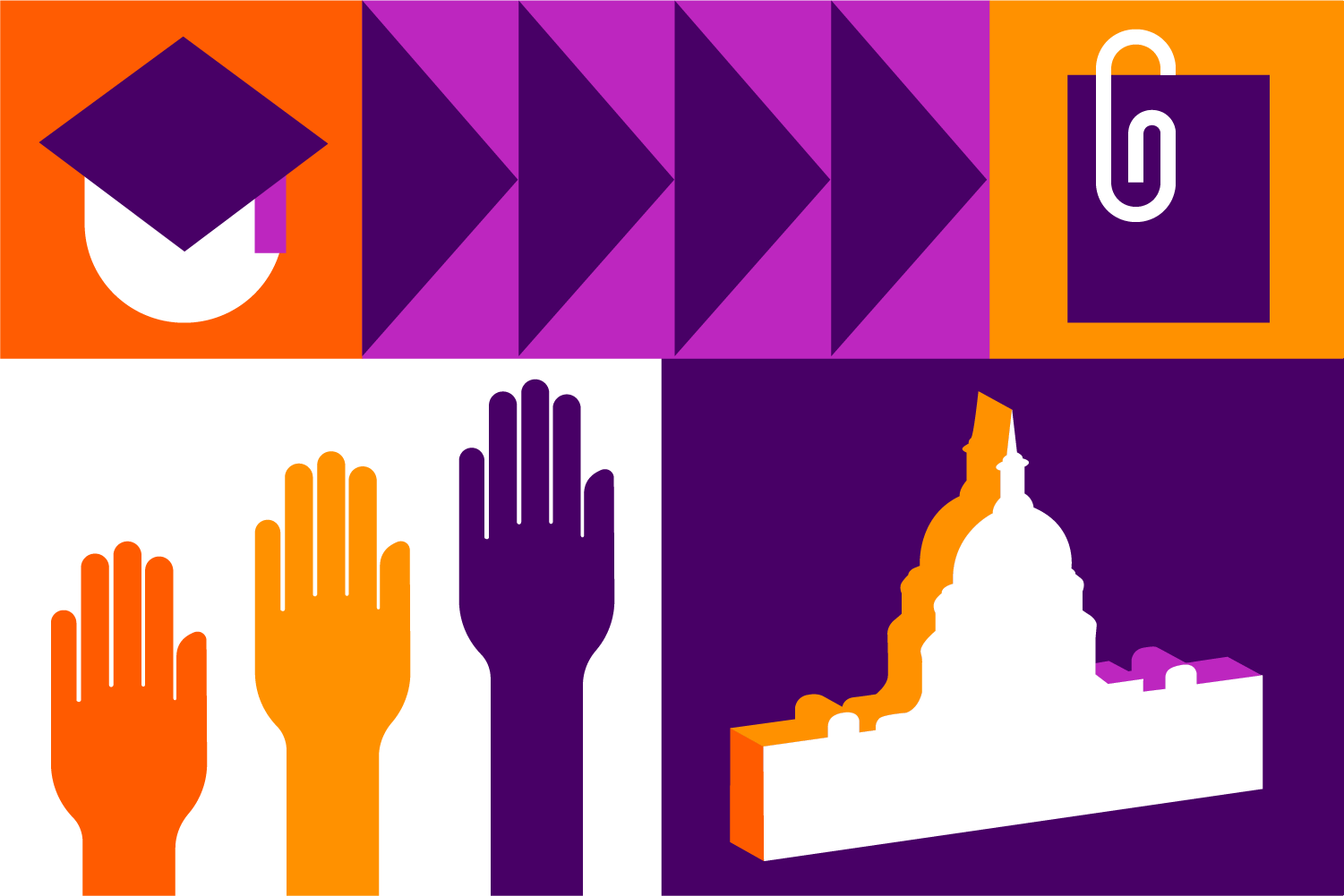This may sound like an obvious statement, but working with students in special education is not like teaching in general education. I know I’m not breaking any new ground with that statement, but you might be surprised at how few resources are out there for teaching social studies in special education.
In some cases, like with iCivics, resources can be easily adapted to accommodate the different needs of varied classrooms.
As someone who has spent most of the past eight years teaching middle and high school social studies content at non-public, special education schools in the Baltimore area, I can tell you that iCivics materials have to be used a little bit differently in my context.
For example, it seems like most Gen Ed teachers have their students play iCivics games individually. Students can go through the game at their own pace, and this setup also allows for friendly competition. This method is undoubtedly appropriate for many students. Others, however, do not always work best on their own, which brings me to my biggest piece of advice: Play the games as a whole group.
When I started using iCivics games in 2014, the entire class played together out of necessity. The school I was at had great technology, but we didn’t have a class-set of laptops, let alone individual laptops for each student. I had my desktop and a projector. So, I had no choice but to project my screen onto the board and ask my students to help me make decisions.
My students made it quite clear that they did not care what I said or did; they didn’t want to learn anything about the government or civics because they saw no use for it. Mind you, these special education classes are full of kids on a diploma track whose life experiences have often included negative encounters with aspects of government, including the public school system.

It’s for this reason that playing Executive Command with that first group of students was a transformational moment for me. To see the excitement my students had being President of the United States was truly awe-inspiring.
After helping me navigate the executive branch, that first group of students (and most of the subsequent groups of students) were so excited, they wanted to play iCivics games again and again. They wanted to play so badly, they were willing to take turns and watch each other play on the board.
That’s right: students who often had trouble being in the same room with each other for more than 30 minutes were willing to take turns, watch politely, or sometimes even help each other navigate the game!
So, next time you play an iCivics game with your class, try playing with the whole class. When you play the games as a whole group, you can better manage how engaged students are in the game.
You can:
- make sure students actually read and understand what the game’s asking them to do.
- make sure students understand what all the symbols and logos stand for.
- scaffold the reading and listening portions of the game, if necessary.
- fill in some of the missing content knowledge they may need to fully understand the game.
- ask probing questions to encourage deeper thought.
An important addition to this is to realize that when playing as a whole group, the game takes much longer. The first time you play with your class, build in at least two days to complete the game, allowing time to fill in the content knowledge, ask probing questions, etc.
There are undoubtedly benefits from students playing iCivics games individually, but I would at least start by playing the game as a whole group and then build up to students playing independently or in small groups. Either way, you’ll know that you’re helping to prepare your students to be more civically engaged.
Written by Neil Wrona
Neil is currently a Special Educator at Mount View Middle School in Howard County, MD, but has taught the gamut of high school social studies for most of his eight years as a teacher. He has been a member of the iCivics Educator Network since 2017 and has been a book reviewer for Solution Tree Publishing since 2020. You can follow him on Twitter @neilwrona.
Through the iCivics Educator Network, the perspectives of teachers across the country contribute to the public conversation about civic education in the United States. Each contributor represents their own opinion. We welcome this diversity of perspectives.














